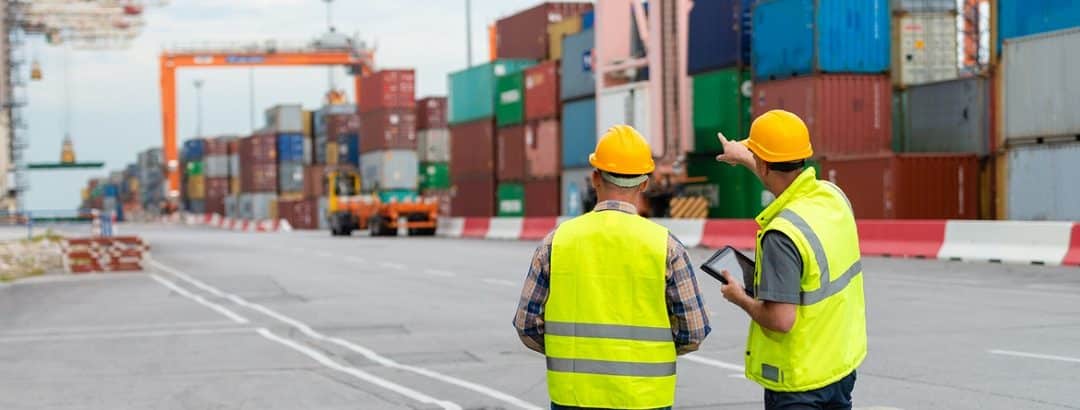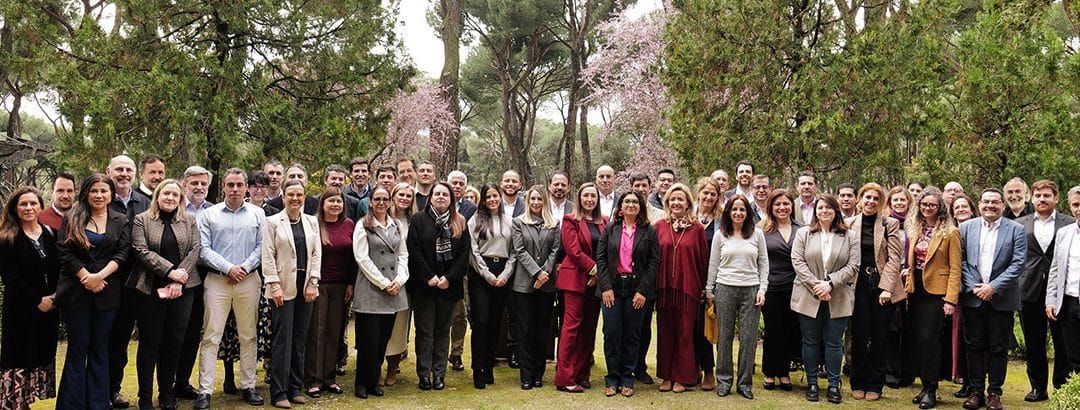Construction seeks a balance between economic development and reducing its environmental impact, using strategies such as recycling and energy efficiency. But can these measures be applied to large strategic infrastructures? This approach involves not only creating infrastructures that drive social progress, but also manage them efficiently over time.
Miguel García, Technical Director at CEPCO (Confederación Española de Asociaciones de Fabricantes de Productos de Construcción, Spanish Confederation of Associations of Manufacturers of Construction Products) discusses how the creation of large innovative and environmentally friendly infrastructures can be addressed from the first stages of design, capable of continuing to maintain the operation of essential services such as power generation and transmission, water management and healthcare. All of this plays a critical role in strategic industries.
First pitfall: the regulatory challenge
Garcia points out that one of the major obstacles that hinders the development of a more sustainable construction today has to do with the lack of clear regulatory standards and frameworks on this kind of project.
“There are currently many proposals to incorporate sustainability criteria, so in general, the technical and logistics part is not the problem. But legislative and administrative development part is, which is taking its first steps on the environmental side,” warns the specialist.
An example of this challenge lies in the diversity of certifications and seals available, each with its own criteria and requirements, and a particular scope. For example, the LEED standard, which focuses on energy efficiency and the use of sustainable materials, and the BREEAM, which includes aspects such as water use, waste management, and occupant health and well-being.
In terms of legislative development, unequal progress is also seen in the enactment of regulations depending on the country. At the moment, the most developed one, such as Germany and Sweden, have implemented fiscal policies such as incentives for the use of recycled materials and strict standards for energy efficiency in buildings.
Primary benefits
Sustainable infrastructures beyond the strict environmental footprint can have a very positive impact on the environment, as well as a differentiating mark for the region and construction company. At CEPCO, they point to those that have the greatest economic and social relevance:
- Sustainable growth. It occurs by stimulating investment in resilient and efficient infrastructures. These not only generate jobs in the short term, but also foster innovation in key industries, contributing to longer-lasting economic growth.
- Efficient use of resources. Significantly reduces operating expenses throughout the life cycle of an infrastructure. This translates into long-term savings for owners and users, as well as reducing the reliance on finite and expensive resources.
- Business reputation. Investing in sustainable construction improves a company’s image in the marketplace. Organizations that demonstrate environmental commitment attract customers, investors and talent more easily, giving them an interesting competitive advantage.
- Local economy. This type of construction creates employment and stimulates economic development in nearby communities. In addition, the participation of companies in the area strengthens the local economy, thus contributing to social cohesion and the well-being of the inhabitants.
- Prevention of depopulation. In parallel to the above point, investing in sustainable infrastructure can help avoid rural exodus. The reason is that these kinds of innovations improve accessibility, connectivity and quality of life in these areas.
Forward-looking projections
Within the initiatives undertaken in Spain, CEPCO seeks to focus on two lines of action:
- The regulatory side, in which they have been promoting the sustainability standards of their products since 2008, especially based on UNE (the Spanish association for standardization) standards, such as developing the Environmental Product Declarations. This is an aspect we have discussed in the Magazine with the collaboration of competent associations.
- The other line is based on LCA studies, which refer to the Life Cycle Analysis that assesses the environmental impact of building construction and use. This approach involves an improvement in reducing the environmental impacts of the product, from material extraction to end-of-life waste management.
The decarbonization of the economy is producing a chain effect that can accelerate the incorporation of many aspects of sustainability at once. This implies that it will compulsorily incorporate environmental, economic and social criteria into the sector.
“On the other hand, all this enormous amount of information to be considered in the construction process must undoubtedly be supported by technology. This is the case with BIM methodology that integrates structured data to generate a digital representation of a construction throughout its life cycle, from planning and design to construction and maintenance operations and even its deconstruction,” the expert concludes.
Contributors to this article:

Miguel García Tejera is a Forestry Engineer by the UPM (Universidad Politécnica de Madrid [Polytechnic University of Madrid]) and technical director and is responsible for the environmental and sustainability areas of the CEPCO (Confederación Española de Asociaciones de Fabricantes de Productos de Construcción, Spanish Confederation of Associations of Manufacturers of Construction Products).
In addition, he participates in different standardization committees related to construction, sustainability and circular economy, as well as in a variety of working groups both of the administration and of business organizations in the areas of environment, sustainability and safety and health.





